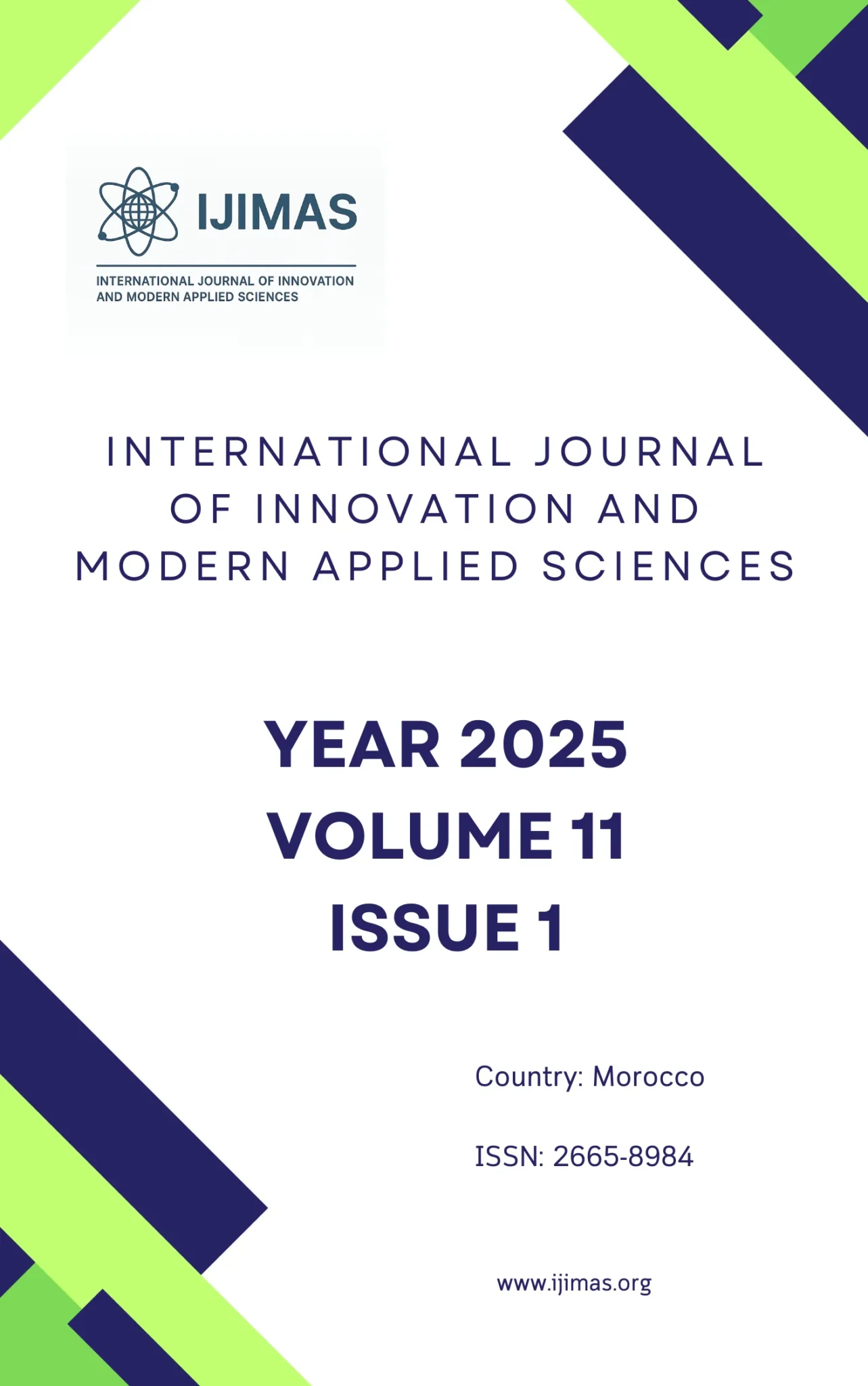Paper Open Access
Autors : HAITAM AOUAYEJ, JAAFAR ABOUCHABAKA, SALMANE BOUREKKADI
A Review of Malware Analysis Techniques: Static, Dynamic, Forensic, and Hybrid Approaches
ABSTRACT: The continuous evolution of malware represents a major challenge for modern cybersecurity. Attackers increasingly rely on obfuscation, encryption, and anti-analysis techniques to evade detection, rendering traditional signature-based defenses insufficient. In this context, malware analysis has become essential to understand threats, extract indicators of compromise, and support incident response. This manuscript provides a structured review of the main malware analysis techniques, organized into four complementary levels: triage, static analysis, dynamic analysis, and advanced reverse engineering. Each method is discussed in terms of methodology, tools, advantages, and limitations. The review highlights that static analysis provides rapid and safe insights but is ineffective against sophisticated obfuscation and packing methods. Dynamic analysis captures runtime behaviors and network communications, though it remains vulnerable to evasion strategies. Memory and network forensics enhance visibility by revealing hidden processes, fileless malware, and anomalous connections. Reverse engineering offers the most comprehensive understanding of malicious logic, yet it is highly time-consuming and requires specialized expertise. Overall, the findings confirm that no single method is sufficient; instead, hybrid approaches that integrate static, dynamic, and forensic techniques are required. The study also emphasizes the role of standardized frameworks and large-scale datasets in improving reproducibility and enabling automation in malware detection and analysis.
Keywords: malware analysis, static analysis, dynamic analysis, reverse engineering, memory forensics,
network forensics, sandboxing, incident response, MITRE ATT&CK.
Paper Open Access
Autors : Saloua HMAMOUCHI , Ibrahim BOUMAZZOU
Women and Feminist Writing: Between Literature and Psychology
ABSTRACT: Unlike their mothers, who were subject to male authority, female novelists portray rebellious female characters who are capable of taking charge of their lives and asserting their place in society. The body and sexuality are two key themes explored in these women’s writings. Feminist movements view them as means of reclaiming ownership over one’s body and self. However, in some male-authored texts, female sexuality is portrayed as a dangerous force — the woman is then endowed with power and becomes a source of deception and temptation. From a psychological perspective, womanhood is represented with a diversity that highlights its complexity and difference. This representation may be tied to a specific historical, social, or economic context, linked to unconscious symbolic relationships, or framed through Freud’s psychosexual theory, which defines femininity through science, biology, and the binary opposition activity/passivity.
Keywords: woman – body – sexuality – feminism – psychology – women’s literature – psychosexual
theory
